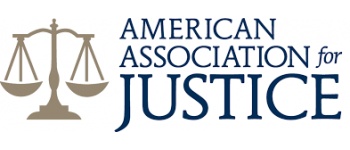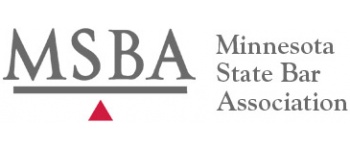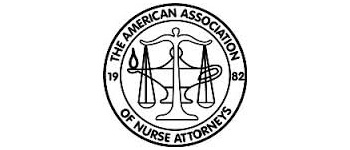What is required to bring a wrongful death claim in Minnesota?
The following basic elements must be present:
1. A person dies.
2. The person's death was caused by the wrongful act or omission (negligence) of any person or corporation.
3. A trustee must be appointed by the court to pursue the case. Recovery may include compensation for the economic loss to the surviving spouse and next of kin resulting from the death.
4. Once the claim is resolved, the court then determines the proportionate pecuniary loss of the next of kin entitled to the recovery and calculates the distribution of the recovery.
Why must a Trustee be appointed by a Judge in a wrongful death claim?
Appointment of Trustee: A district court judge must appoint a trustee who represents all the next of kin and will sue out the case against the wrongdoer. The following steps must be followed:
1. All potential next of kin are identified and contacted and they usually agree on the person to serve as trustee. The Trustee should be a person the jury and the next of kin can trust to properly invest and distribute any recovery in a fair and impartial manner for all the next of kin.
2. Pursuant to Minnesota Rules of Civil Procedure 144, a petition must be prepared by the attorney seeking approval from the district court to have the agreed upon person appointed trustee.
3. All heirs should receive notice of the Petition and the hearing date. If there is no dispute as to the appointment of the trustee, the heirs will sign a Waiver of Notice for hearing and bond and there may be no need to have a hearing. The decision whether to have a hearing is within the discretion of the Court.
4. The Trustee must sign an oath to faithfully perform the duties of trustee and represent all of the next of kin.
5. The petition, which is signed by the petitioning heir and the petitioning trustee, is forwarded to the court along with a proposed order appointing a trustee.
How does a lawsuit get started if there has been a wrongful death?
A Lawsuit MUST be brought by a Trustee who has been appointed by a Judge: The appointed Trustee representing all the next of kin, starts the lawsuit against the person or company at fault.
1. The Trustee must hire an attorney to represent heself or himself..
2. The attorney begins the case on behalf of the Trustee against the at fault party by serving a summons and complaint against the at fault person.
3. The Trustee represents the spouse and next of kin who have a claim for pecuniary loss. This includes all the decedent's children, parents, siblings of the decedent, grandparents and descendants of grandparents. Parents may recover for the wrongful death of a child even if the child is emancipated and/or married. If the surviving spouse remarries during the case, it is not relevant to their recovery.
4. If the at fault person has died, the Trustee sues their estate.
Are there time limitations involving a wrongful death lawsuit?:
The time within which to bring a claim for wrongful death is 3 years from the death and no longer than 6 years from the incident. However, if a possible dram shop claim exists, the time limit in which to bring a claim is two years for the date of the incident. A notice must be sent to the establishment where the individual was served alcohol within 240 days of hiring the attorney.
How does the Trustee decide how to divide up the award?
If there is a settlement of the case, the Trustee will bring the amount of the settlement and the amounts to be paid to each next of kin to the Judge who must approve it. (MRCP 114). The court hearing the petition for disbursement shall approve, modify, or disapprove the proposed disposition and shall specify the persons to whom the proceeds are to be paid.
The petition for distribution will be heard upon notice, given in form and manner and upon such persons as may be determined by the court, unless waived by all next of kin or the court.
The court by order will direct distribution of the money to the persons entitled thereto by law pursuant to JIG 91.75










